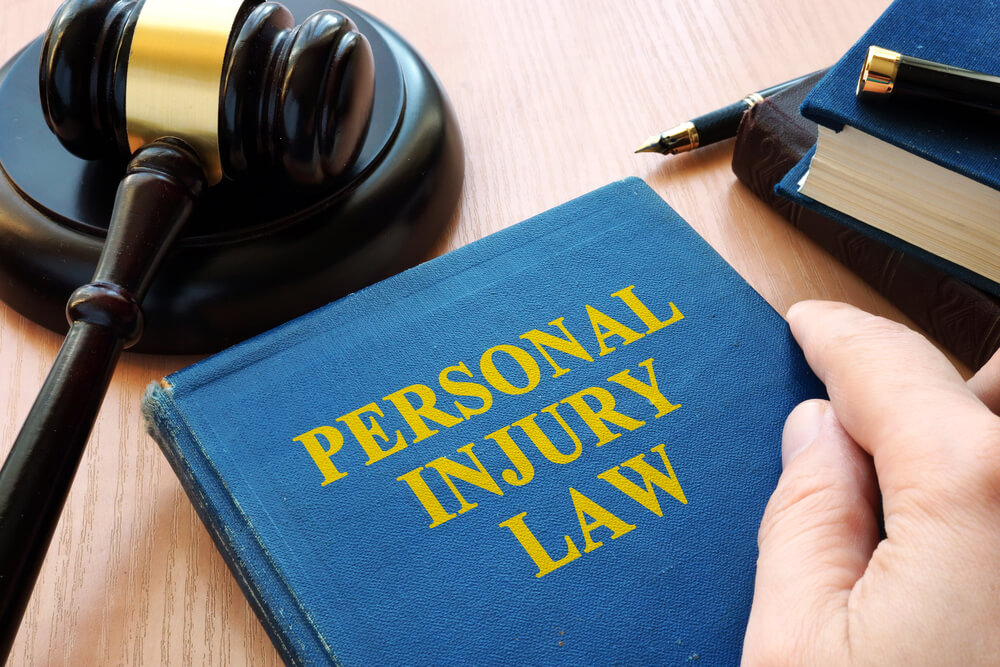Personal injury investigations are crucial for determining the validity and strength of claims and ensuring justice for those affected by accidents or negligence. Thorough investigations help establish liability, quantify damages, and provide necessary evidence for legal proceedings. Below is an overview of the essential steps involved in personal injury investigations.
Table of Contents
Initial Consultation and Case Assessment
The investigation starts with a consultation between the investigator and the injured party. During this meeting, the investigator gathers details about the incident, such as the date, time, location, and circumstances surrounding the injury. The injured party’s account sets the foundation for the investigation.
The investigator also reviews any documentation provided, such as medical records, photographs, or witness contact information. This phase determines whether the case has merit and outlines the steps to proceed.
Gathering Evidence at the Scene
Visiting the accident scene is crucial in a personal injury investigation. Investigators inspect the location to identify hazards, collect evidence, and take photographs or videos. For example, they might document uneven flooring or poor lighting in a slip-and-fall case.
Timing is critical, as conditions at the scene may change. Preserving the scene’s state at the time of the incident helps reconstruct the events leading to the injury.
Interviewing Witnesses
Witness testimony provides valuable insights and supports the injured party’s account. Investigators identify and interview individuals who saw the incident or have relevant information.
Witnesses may include bystanders, employees, or others present at the scene. Open-ended questions help gather detailed information. Investigators assess witness credibility by evaluating their consistency, demeanor, and proximity to the event.
Reviewing Medical Records
Medical records document the nature and extent of injuries, playing a critical role in personal injury cases. Investigators review medical reports, diagnostic tests, and treatment plans to establish a link between the injuries and the incident.
They may consult medical experts to interpret complex information or verify whether the treatment aligns with the injuries claimed. This analysis strengthens the case by showing a cause-and-effect relationship.
Surveillance and Background Checks
In some cases, investigators conduct surveillance to observe the injured party’s activities and verify the extent of their injuries. This step is relevant when there are suspicions of exaggerated or fraudulent claims. Surveillance ensures actions are consistent with reported limitations.
Background checks are another critical aspect. Investigators examine the injured party’s prior claims, employment records, and social media profiles for information that may affect the case, such as posts showing strenuous activities.
Accident Reconstruction
For complex cases, accident reconstruction helps understand the mechanics of the incident. Specialists use evidence from the scene, witness testimony, and technical data to recreate the events leading to the injury. Advanced technology, such as computer simulations, often aids this process.
Accident reconstruction is valuable in motor vehicle accidents, workplace injuries, and product liability cases. It helps establish how the incident occurred and who may be at fault.
Consultation With Experts
Expert testimony significantly strengthens personal injury cases. Investigators collaborate with specialists such as medical professionals, engineers, safety experts, or economists. These experts provide analyses that clarify complex aspects of the case.
For example, a safety expert might evaluate whether a property owner complied with building codes, while an economist could calculate the financial impact of the injuries. These insights are pivotal in determining liability and damages.
Reviewing Insurance Policies
Investigators review insurance policies to understand the coverage available and identify potential sources of compensation. This step includes examining liability policies held by property owners, employers, or drivers and the injured party’s insurance.
Understanding policy terms, limits, and exclusions is essential for assessing the claim’s feasibility. Investigators also communicate with insurance adjusters to gather additional information and negotiate on behalf of the injured party.
Preparing Reports and Documentation
Once evidence is collected and analyzed, investigators compile a comprehensive report detailing their findings. This report typically includes a summary of the incident, witness statements, photographs, medical records, and expert opinions. The documentation is a foundation for legal proceedings and is often submitted to attorneys or insurance companies.
The report must be clear and well-organized, as it may be used in court or settlement negotiations. Accurate documentation increases the chances of a favorable outcome for the injured party.
Collaboration with Attorneys
Close collaboration with attorneys is essential throughout the investigation. Investigators provide evidence to build a strong case and offer insights into the claim’s strengths and weaknesses.
Attorneys use this information to develop strategies, negotiate settlements, or prepare for trial. Effective communication between investigators and attorneys ensures that critical details are addressed, aiding in a fair resolution for the injured party.
Conclusion
Personal injury investigations require meticulous attention to detail and a methodical approach. Each step plays a vital role in building a compelling case. By following these essential steps, investigators help ensure injured parties receive the justice and compensation they deserve.

